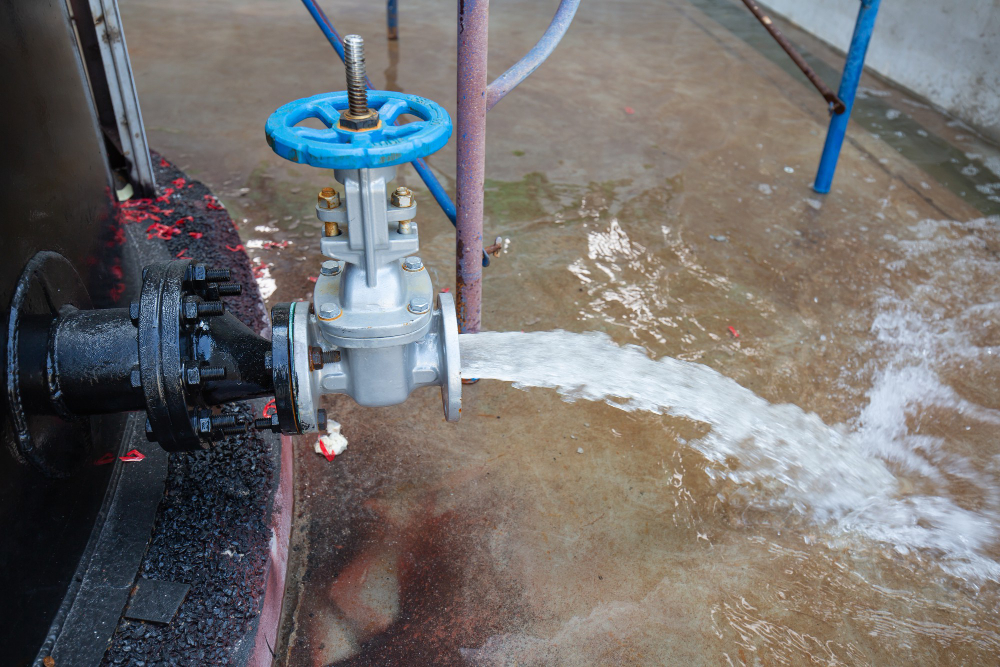
Water damage can wreak havoc on homes and businesses, causing structural damage, mold growth, and health hazards. In response, a professional water removal service in Arizona has evolved, incorporating advanced technologies to enhance their efficiency and effectiveness. This blog delves into advanced technology’s pivotal role in modern water removal services, revolutionizing the restoration process and mitigating damage more effectively.
Advanced Detection Systems:
One key aspect of efficient water removal is the accurate detection of moisture and water sources. Traditional methods often relied on visual inspection alone, which could miss hidden moisture pockets. Advanced technology in water removal services has introduced sophisticated detection systems such as thermal imaging cameras, moisture meters, and infrared sensors.
These tools enable technicians to precisely identify moisture intrusion in walls, ceilings, and floors, ensuring comprehensive water extraction and reducing the risk of secondary damage.
High-Powered Extraction Equipment:
Efficient water extraction prevents further damage and accelerates the drying process. Advanced technology has introduced high-powered extraction equipment capable of rapidly removing large volumes of water.
Industrial-grade pumps, truck-mounted extractors, and portable water extraction units equipped with powerful suction capabilities can swiftly remove water from affected areas, minimizing downtime and reducing restoration costs.
State-of-the-Art Drying Techniques:
Drying is a critical phase in water removal and restoration. Advanced drying techniques in a water removal service leverage cutting-edge technology to expedite the process while ensuring thorough moisture removal. Air movers, dehumidifiers, and desiccant systems are examples of advanced drying equipment used by water removal professionals.
These devices create optimal airflow and humidity conditions to accelerate evaporation and effectively dry out building materials, preventing mold growth and structural deterioration.
Moisture Monitoring and Control Systems:
Maintaining proper moisture levels during the drying process is essential for successful restoration. Advanced moisture monitoring and control systems allow technicians to continuously monitor humidity levels and moisture content in the air and building materials.
Smart sensors and data loggers provide real-time feedback, facilitating precise adjustments to drying strategies. This proactive approach ensures that drying objectives are met efficiently, reducing the risk of moisture-related issues.
Remote Monitoring and Management:
Incorporating remote monitoring and management technology into a water removal service has revolutionized how restoration projects are managed. With remote monitoring systems, technicians can track equipment performance, monitor environmental conditions, and receive alerts for deviations or issues.
This real-time oversight allows for swift response and adjustments, optimizing efficiency and minimizing downtime. Additionally, remote management capabilities enable better coordination and communication among team members, streamlining workflows, and improving overall project management.
Data Analytics and Predictive Modeling:
Data analytics and predictive modeling advancements have enabled water removal professionals to leverage historical data and environmental factors to predict and prevent water damage more effectively.
By analyzing past incidents, weather patterns, and building characteristics, predictive models can anticipate potential water intrusion risks and recommend proactive measures to mitigate them. This proactive approach helps property owners and restoration companies minimize the impact of water damage and reduce the likelihood of costly emergencies.
Innovations in Material Drying and Restoration:
Beyond traditional drying methods, advanced technology has led to innovations in material drying and restoration techniques. Microwave drying, vacuum freeze-drying, and injection systems are innovative approaches that offer faster and more efficient drying of specialized materials such as hardwood floors, plaster, and insulation.
These technologies in a water removal service minimize disruption to property owners and expedite the restoration process, allowing for a quicker return to normalcy.
Conclusion:
Advanced technology has revolutionized the field of water removal service in Arizona, empowering professionals to respond more effectively to water damage incidents and minimize the associated risks and costs. From advanced detection systems to state-of-the-art drying techniques, the integration of technology has enhanced every aspect of the water removal and restoration process. By embracing these innovations, leading water removal companies like Super Savers Restoration Inc. can deliver faster, more efficient, and more reliable services, helping property owners mitigate the impact of water damage and restore their properties to pre-loss condition.